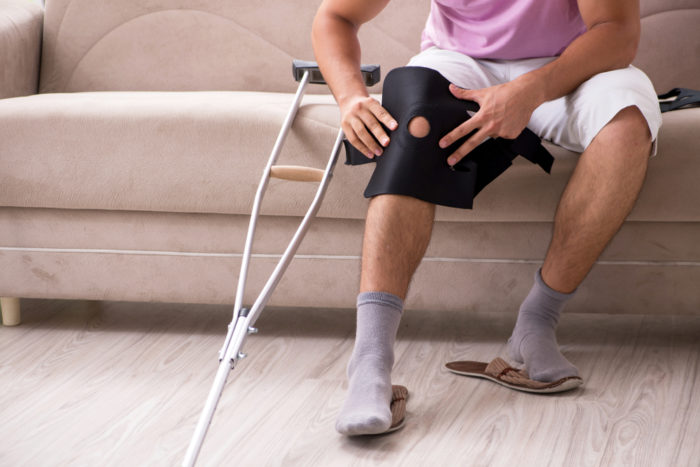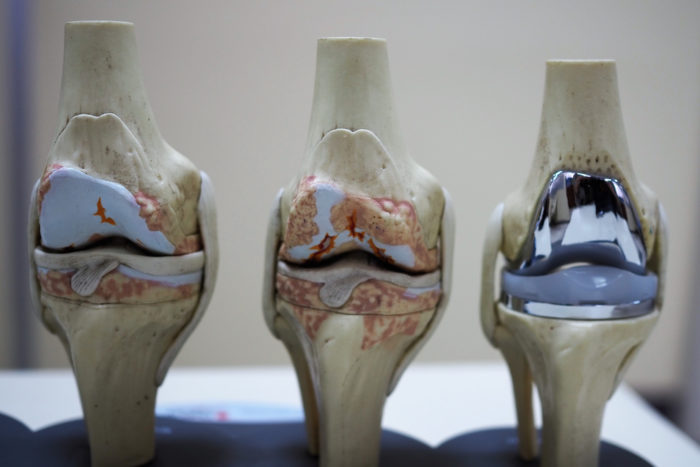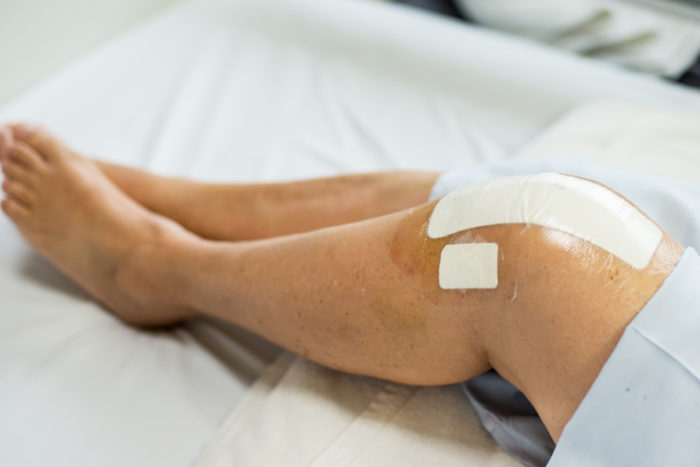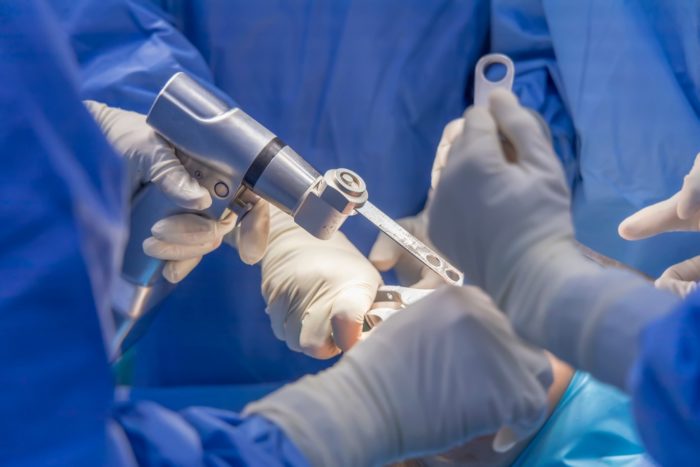The ability to walk up stairs after hip replacement surgery varies from person to person and depends on several factors, including the individual's overall health, the type of surgical approach used, the extent of joint damage, and their commitment to…
After hip replacement surgery, different patients may experience varying levels of discomfort and pain. However, the most common sources of pain in the immediate post-operative period include: Surgical Incision Pain: During the hip replacement procedure, surgical incisions can cause pain…
After hip replacement surgery, having a special chair is not always necessary. However, having a suitable and comfortable chair can significantly aid your recovery and make daily activities more manageable during healing. Here are some considerations for choosing a chair…
The most frequent complication during the post-operative rehabilitation process is: Muscle Weakness and Imbalance: Patients often experience muscle weakness and imbalance around the hip joint following hip surgery. Surgery and the subsequent period of reduced activity can lead to muscle…
Preparing for joint replacement surgery, such as a hip or knee replacement, is crucial to ensure a successful procedure and a smoother recovery. Here are some essential steps to help you prepare for your joint replacement: Consultation with Your Orthopedic…
Many people need joint replacement due to various factors that cause joint damage and deterioration. The most common reason is osteoarthritis, a degenerative joint disease that results from wear and tear on the joint over time. Osteoarthritis affects the cartilage,…
A total joint replacement is commonly referred to as arthroplasty. Arthroplasty is a surgical procedure where a damaged joint is replaced with an artificial prosthesis made of metal, plastic, ceramic, or a combination of these materials. The goal of arthroplasty…
Joint replacement surgery has become increasingly common over the years, and it is considered one of the most successful and effective surgical procedures for treating severe joint conditions. The prevalence of joint replacement surgeries, particularly for hip and knee replacements,…
Pain perception can vary widely from person to person, and what may be experienced as the most painful surgery for one individual may not be the same for another. Several factors can influence pain perception, including an individual's pain tolerance,…
Two to three revisions of total knee arthroplasties are typically acceptable for pain relief, improved function, and reduced infection risk. As these procedures are typically more invasive, certain complications may be more likely in some patients, making them poor candidates…









